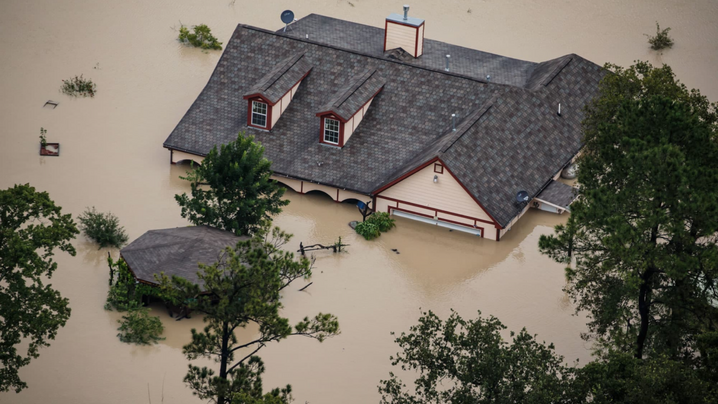
NFIP is a critical resource for local government leaders, providing essential tools, financial support, and incentives that enable them to better prepare their communities.
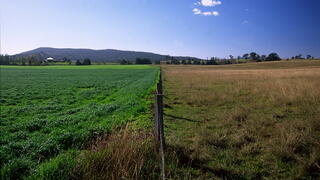
From zoning reform to landscape conversions, sustainable growth begins locally.
In March 2023, ICMA members traveled to Manila, Valenzuela, Puerto Princesa, and Tagbilaran in the Philippines to learn about the impact of the programs that ICMA has implemented.
Cross-departmental use of Nearmap aerial imagery and data insights saves Lake County, IL time and money.
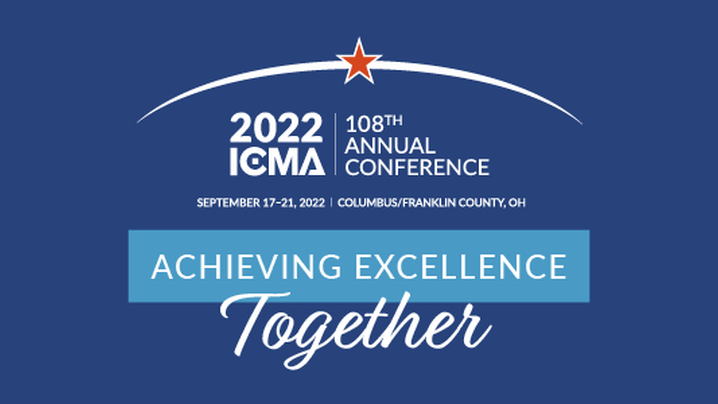
The 2022 ICMA conference will include sessions designed to educate attendees on different aspects of sustainability.
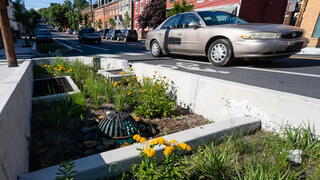
Strategies for local government managers to create green infrastructure programs from lessons learned in the Chesapeake Bay watershed.
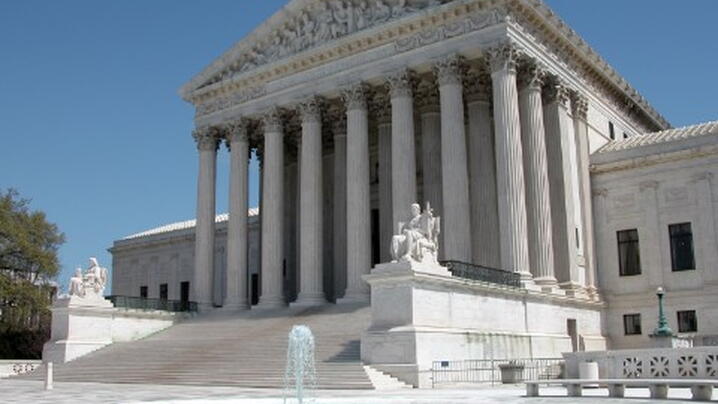
The SLLC ask SCOTUS to exclude local government owned water infrastructure from the definition of "waters of the United States."

Working hard in the Colorado River Basin to avoid a water crisis through planning, innovation, and collaboration
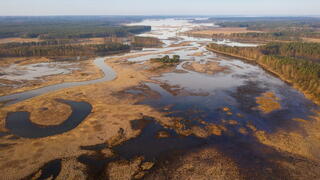
Critical changes to the National Flood Insurance Program are on the horizon.
